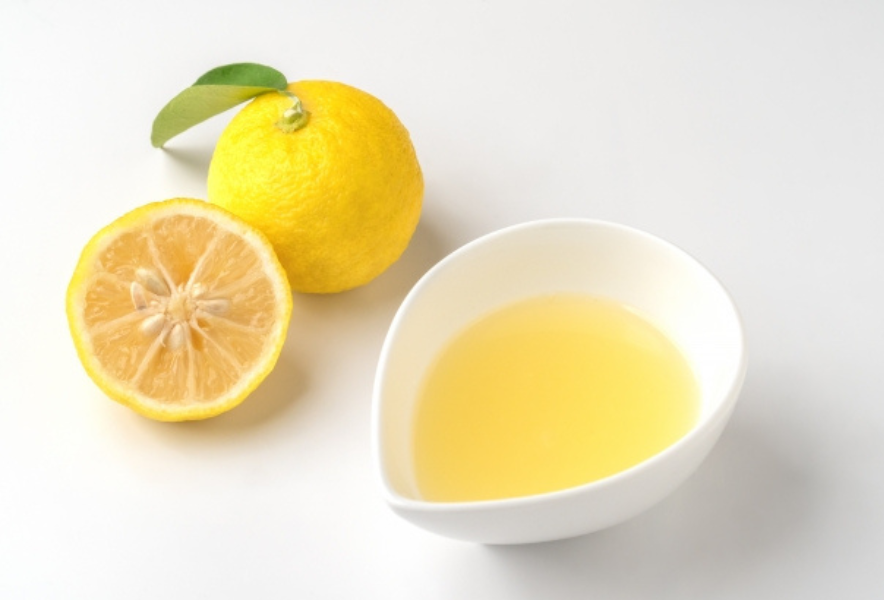In recent years, the world of food and lifestyle has seen a growing trend toward health consciousness.
As more people seek out low-alcohol beverages and products with reduced sugar and additives, alcoholic drinks that emphasize natural ingredients and authentic flavors are gaining popularity. Among the most notable are categories like herbal liqueurs and botanical gins, which harness the power of plants. More than just indulgences, these drinks are attracting consumers interested in the origins, aromas, and potential benefits of their ingredients. In this article, we explore the fascinating world where plants and alcohol come together.
Contents
Herbal Liqueurs: Concentrated Power of Herbs
Herbal liqueurs are a type of spirit made by infusing alcohol with herbs, spices, and fruits to extract their flavors and aromas. Many of these drinks have roots in monastic traditions, originally created for medicinal purposes like maintaining health or aiding digestion. Notable examples include Chartreuse from France, made with over 130 herbs and known for its complex, deep flavor, and Amaro from Italy, a bitter digestif favored after meals.
In Japan, traditional herb-based spirits also exist, such as Habushu from Okinawa and Yomeishu from the Shinshu region. Recently, more distilleries are producing craft liqueurs using local herbs and wild plants. These liqueurs are excellent on their own or as cocktail bases, adding layers of flavor and aroma.
Botanical Gin:Gaining Global Popularity
Gin is traditionally made by distilling botanicals, primarily juniper berries. With the rise of the craft gin movement, gins infused with locally inspired botanicals are receiving worldwide attention.
In contrast to classic styles like London Dry Gin, Japan has created “Wa Gin” using ingredients like yuzu, green tea, shiso, and sansho pepper. A leading example is KI NO BI, made by the Kyoto Distillery, which uses 11 kinds of Japanese botanicals to create an exceptionally refined flavor.
Botanical gins are known for their aromatic and flavorful qualities, offering an experience akin to aromatherapy. Even when simply mixed with tonic water, the fragrance rises, providing a relaxing effect. Their versatility makes them a favorite among mixologists, inspiring creative cocktail innovations.
Notable Examples of Plant-Based Alcohol
Plant-based alcoholic beverages are found around the world. Here are some representative examples by category:
- Herbal: Chartreuse (France), Amaro (Italy), Underberg (Germany). Known for their strong herbal aromas, these are commonly enjoyed as aperitifs or digestifs.
- Fruit & Flower-Based: Elderflower Liqueur (St-Germain) from the UK, Marienhof Rose Liqueur from Austria. Light and floral, these drinks are popular among women.
- Spice-Based: Masala Liqueur from India, Ginger Liqueur from Europe. Spicy and warming, they are ideal for colder seasons.
- Japanese Plant-Based Liqueurs: Yuzu-shu, Umeshu, Ginger-shu, Shiso-shu. These pair well with Japanese cuisine and are increasingly recognized as exportable craft liqueurs.
These drinks highlight not only the flavor of each ingredient but also regional character. Gaining knowledge about them greatly enhances the enjoyment of drinking.
Conclusion: The Fusion of Plants and Alcohol is an Experience of Scent and Meaning
Plant-based alcoholic beverages offer more than just taste—they invite you to enjoy the aroma, story, and background of each ingredient. Herbal liqueurs and craft gins stimulate the senses, offering moments of discovery and relaxation. In an age of heightened health awareness, there’s renewed interest in alcohol that connects us with nature.
Why not expand your drinking horizons with beverages that offer a sense of healing? If you see one of these at a bar or snack bar, give it a try!
Let’s go to Izakaya and a Japanese Snack-bar with a fun guide!!
You can enjoy many kinds of drinks at Izakaya and drinking culture Snack Bars, beloved by many but you can’t enter without a guide. You can enjoy communication with the owner and other customers, as well as singing karaoke, allowing for a relaxing time.
Most snack bars have a policy of refusing entry to foreigners. However, with a tour, you’ll have a guide, so you can enter with peace of mind.
When visiting Japan, don’t just check off the tourist spots –
dive into local experiences for an unforgettable journey!

Once you experience it, you’ll be captivated too! The charm of snack bars.

New encounters with people! The camaraderie of singing at a snack bar! Conversations with the mama-san!





